Salvia Blue Seeds

- Free worldwide shipping on all orders over $100
- Delivers in: 3-7 Working Days Shipping & Return
🔵 What Are Salvia Blue Seeds?
Salvia Blue seeds come from ornamental varieties of the Salvia genus, especially Salvia farinacea (commonly known as Blue Sage or Mealycup Sage). Known for their spikes of vivid blue to violet flowers, these plants are favorites in flower beds, pollinator gardens, and containers for their long blooming season and minimal care requirements.
🌿 Botanical Features
-
Seed Shape: Tiny, oval, and dark brown to black
-
Flower Color: Shades of blue, indigo, or violet
-
Flower Form: Tubular, two-lipped blooms arranged on upright spikes
-
Plant Height: Typically 12–30 inches tall
-
Foliage: Narrow, lance-shaped green leaves, lightly aromatic
-
Germination: 10–21 days in warm, moist conditions
-
Growth Habit: Upright and clump-forming with bushy flowering stems
🍽️ Culinary Uses
While ornamental blue salvias are not edible, other salvia species like Salvia officinalis (common sage) are culinary herbs.
-
Note: Salvia farinacea is for ornamental purposes only and should not be consumed.
🏥 Health Benefits
Although not used in herbal medicine like its cousin Salvia officinalis, blue salvia offers garden wellness benefits:
-
Attracts bees, butterflies, and hummingbirds, supporting pollinator populations
-
Promotes mental well-being through its calming color and fragrant blooms
-
Drought-tolerant, low-maintenance—ideal for sustainable gardening
🌱 Growing Salvia Blue from Seed
Step-by-Step Guide:
-
Sow Indoors (recommended):
-
Start 6–8 weeks before the last frost
-
Sow on the surface or lightly press into soil (needs light to germinate)
-
-
Germination Conditions:
-
Keep at 20–24°C (68–75°F)
-
Maintain even moisture—do not let the soil dry out
-
-
Transplant Outdoors:
-
After danger of frost has passed
-
Space 10–12 inches apart in well-drained soil
-
-
Care Tips:
-
Water regularly until established, then reduce watering
-
Remove faded flower spikes to encourage more blooms
-
Tolerant of heat and drought once mature
-
-
Sunlight:
-
Prefers full sun (6+ hours/day)
-
🔍 Fun Fact
Salvia’s name comes from the Latin salvere, meaning “to heal”—a nod to its medicinal relatives. Blue salvia is especially prized by gardeners for its prolonged bloom time, often flowering from late spring until frost!
Your email address will not be published.



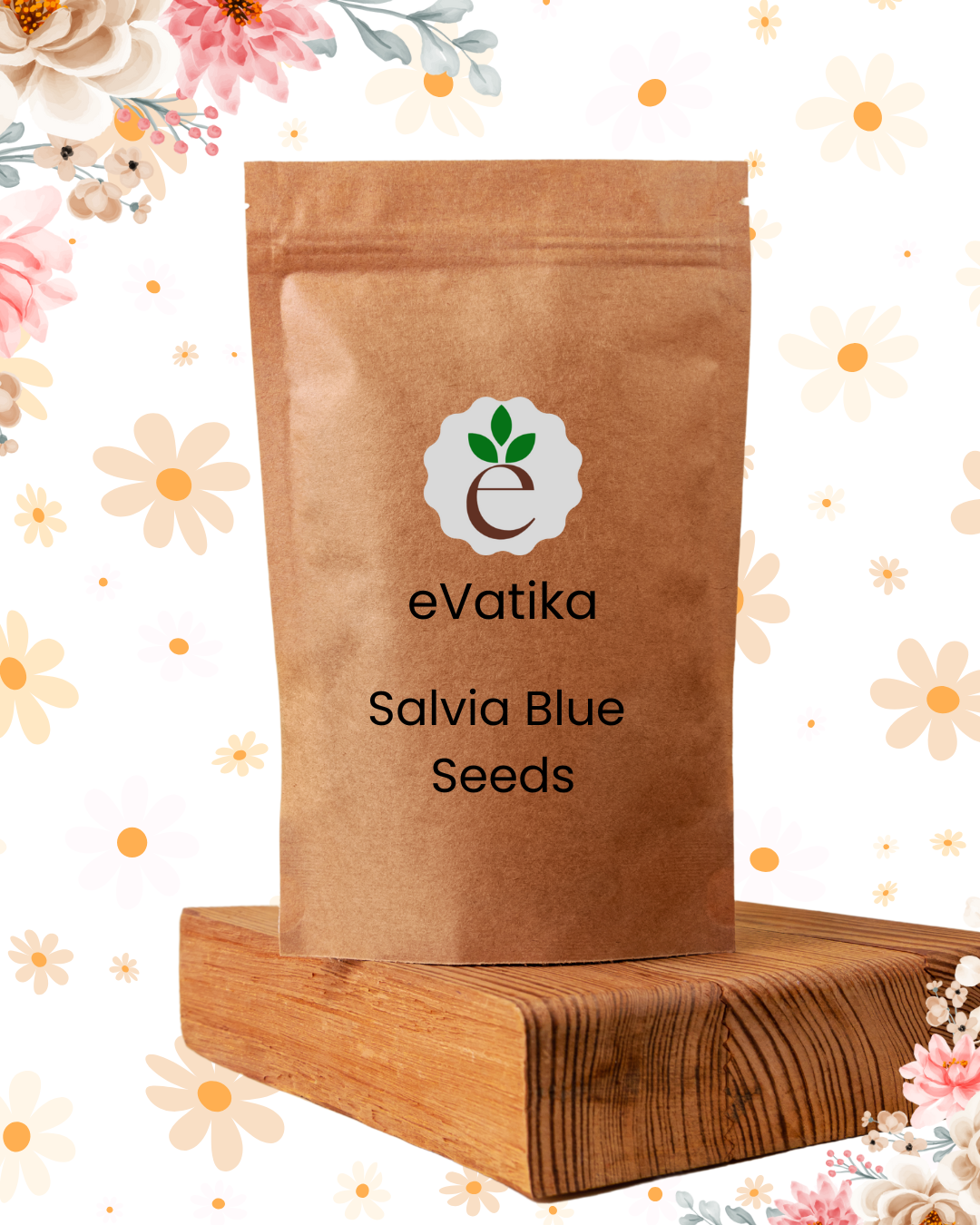
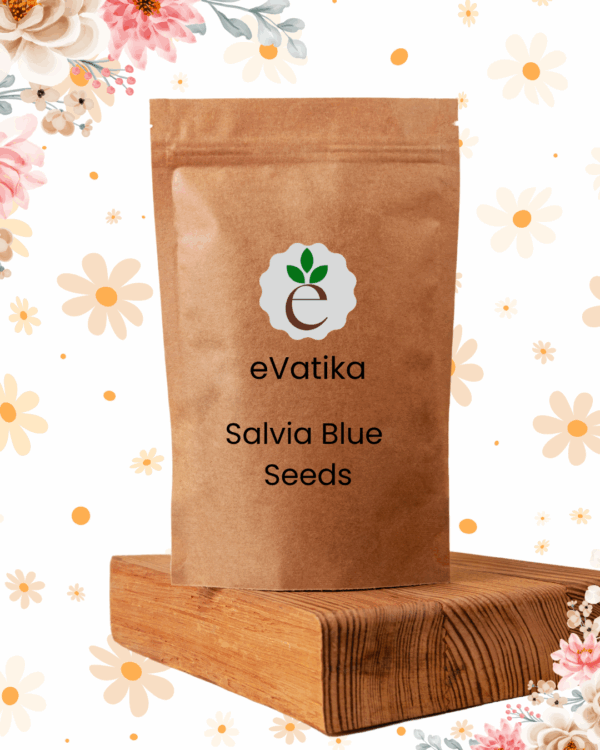
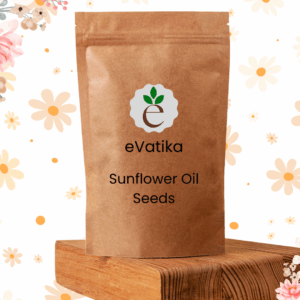
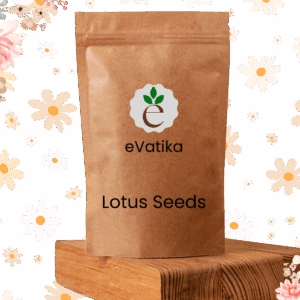
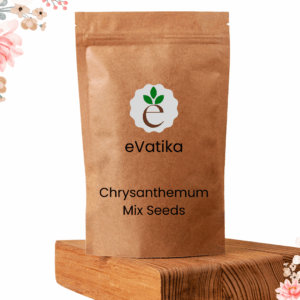
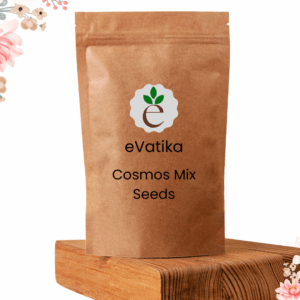



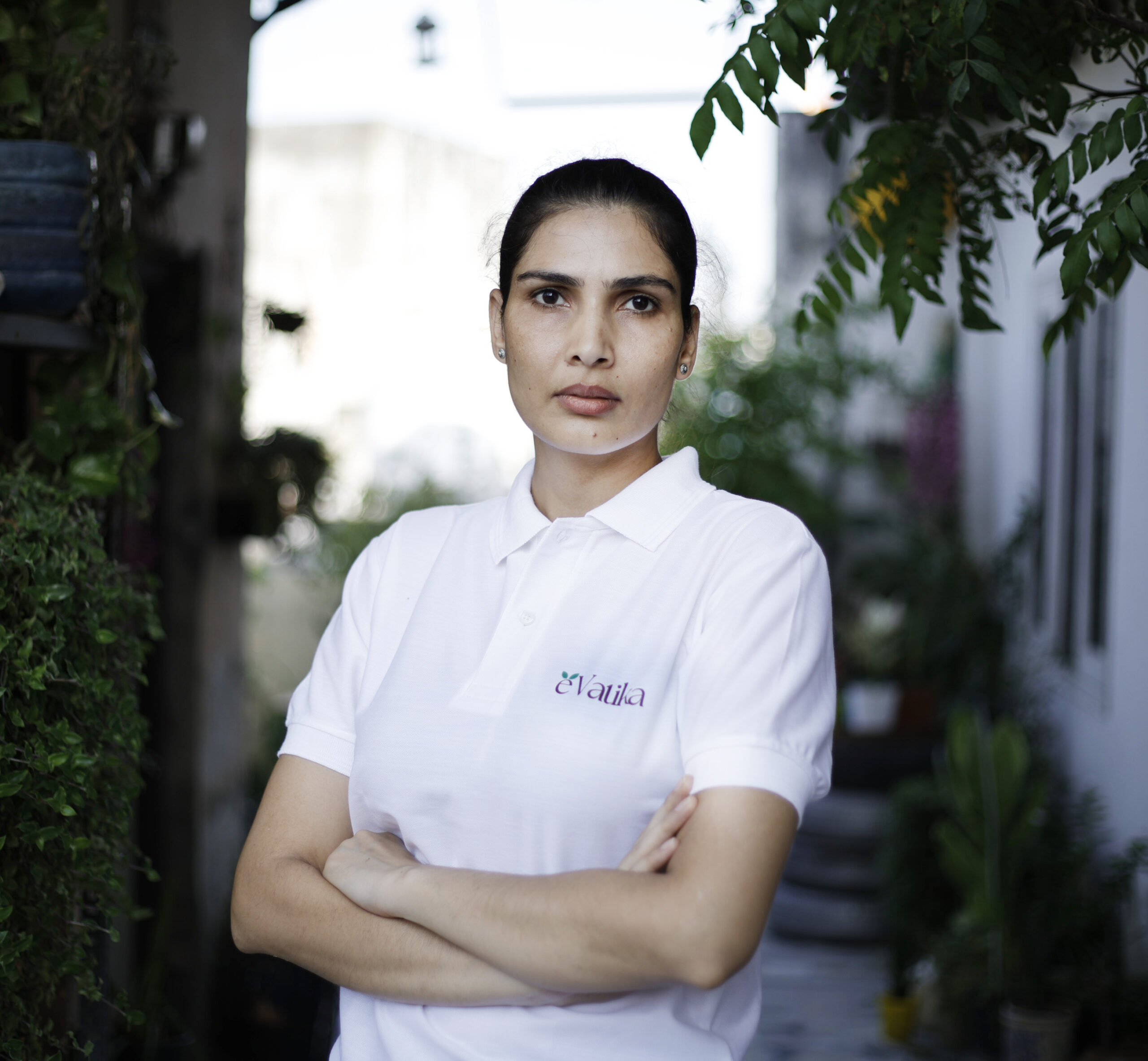


Reviews
There are no reviews yet.